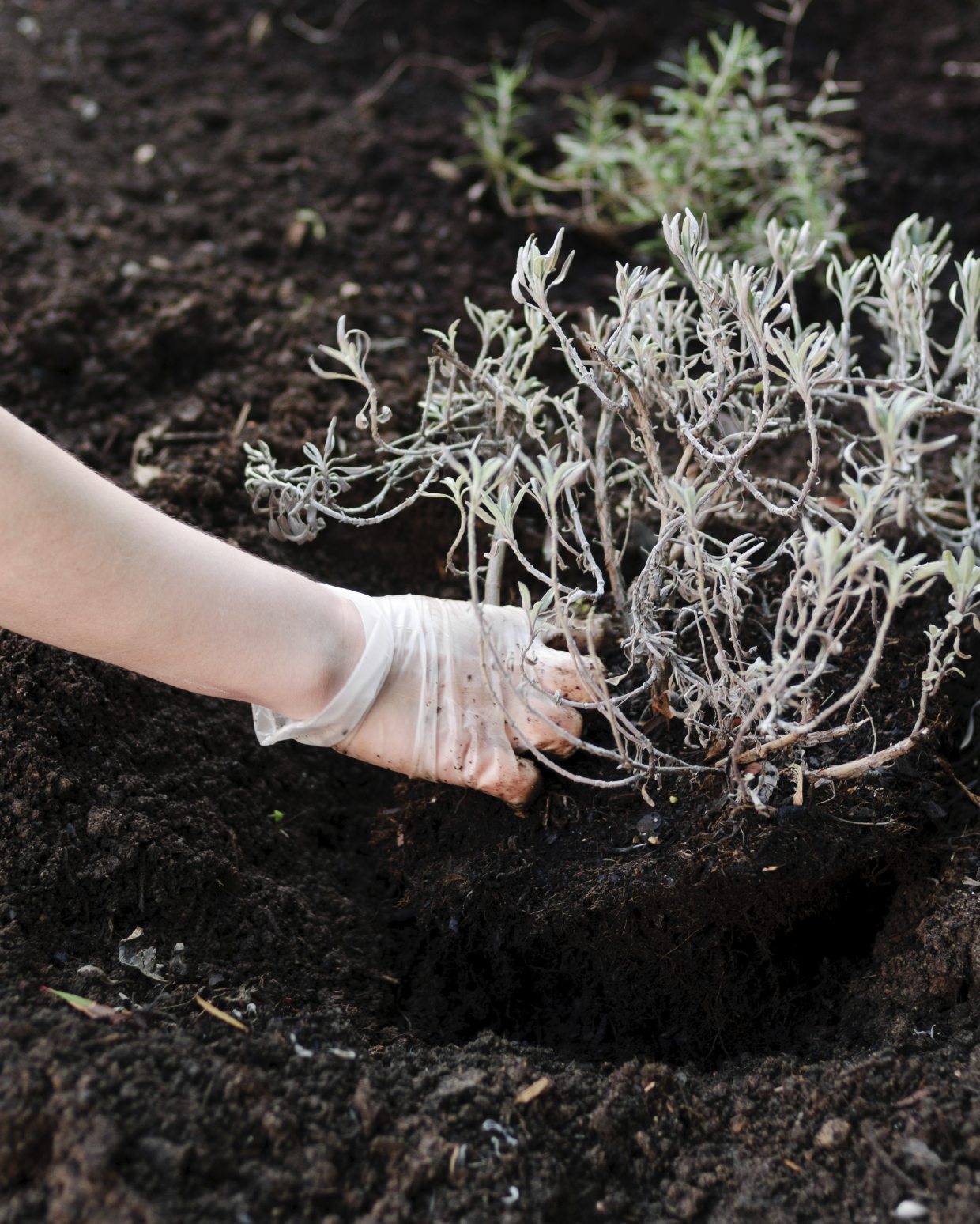Dividing Salvia: How To Transplant Salvia In The Garden


I love salvias! They are colorful with abundant flowers. They are great habitat plants too. The bees really enjoy their nectar. Some salvias stay relatively low to the ground while others can grow over 5 feet (1.5 m.) tall. In areas with cold winters, most salvias are herbaceous perennials. They die to the ground in winter and grow back the following spring. In warm winter climates, you can find a mix of perennial and woody evergreen salvias. If you are like me and want to enjoy even more of these beautiful plants, then transplanting salvia to other areas of the garden may be of some interest.
How to Transplant Salvia in the Garden
If you are wondering how to transplant salvias, the answer varies. Choose a day that is not too hot or too cold. In other words – transplanting salvia plants during a heat wave is not a good idea. Transplanting salvia plants during winter is hard on them too. Your salvia plant will need to re-establish its roots in new soil. Excessive heat makes it difficult to keep those roots moist. Really cold weather inhibits new growth and can negatively impact the severed roots when transplanting. Dig the new planting hole first when transplanting salvia plants. That way you can move the salvia to its new location quickly. Choose a location that is correct for your salvia variety. Some salvias prefer full sun. Others can take partial shade. Make sure the new location has good drainage. Dig out as much of the root ball as you can and install it so the root crown is slightly above grade. If you are going to add amendments to your native soil, then choose a good quality potting soil. If there are any long roots, do not bend and wrap them around the planting hole. It is better to snip them off so they are more or less even with the other roots.
Dividing Salvia Plants
As you transplant, you may wonder, “Can you divide salvia plants?” Yes. But dividing salvia is riskier than simply transplanting the whole plant. This is because you are ripping apart a larger percentage of the roots. Woody evergreen salvias are a bit fussier about transplanting than herbaceous perennials. First, dig out the whole plant. Tip prune any excessively long roots so the root ball is relatively even. Remove some of the soil near the root crown so you can inspect the plant to figure out the sections or clumps. Use a serrated knife when dividing salvia. Split your salvia in between the sections. It is essential that you keep the salvia segment evenly moist but not boggy after dividing and replanting.
When to Split Salvia
Choose a day with moderate temperatures or when the plant is dormant. Late autumn is a good time in California because you can get some assistance with root re-establishment from the winter rains. Spring is a good time in both cold winter climates and mild winter climates.
Sign up for the Gardening Know How newsletter today and receive a free copy of our e-book "How to Grow Delicious Tomatoes".

Karen Boness is the founder of Wild Willow Design, an Australia-based company that specializes in ecological landscape design.